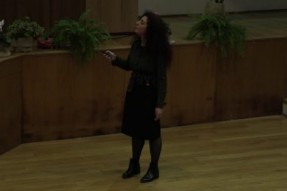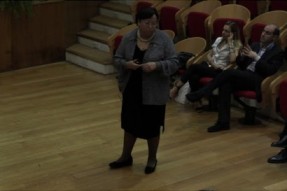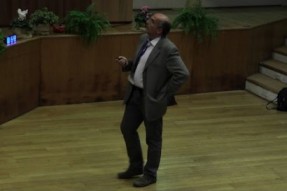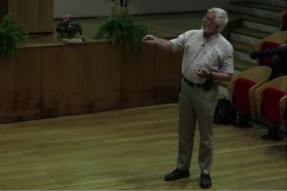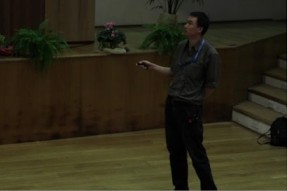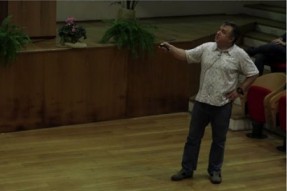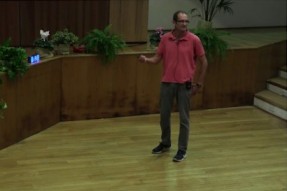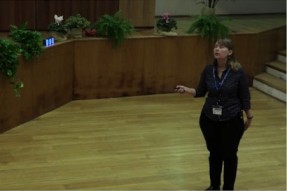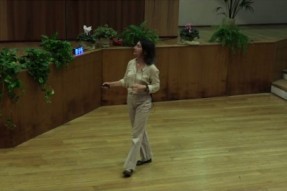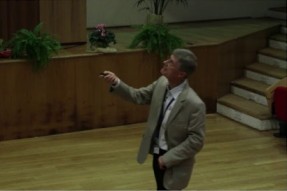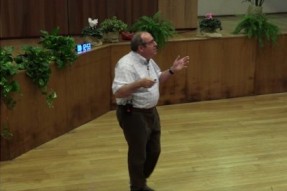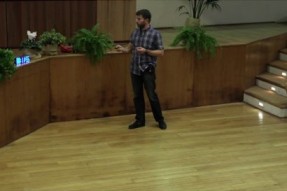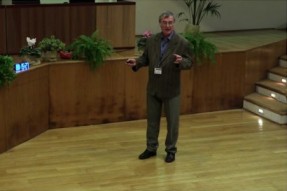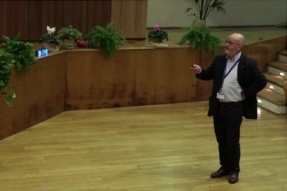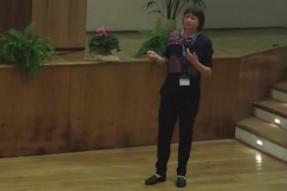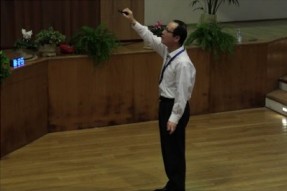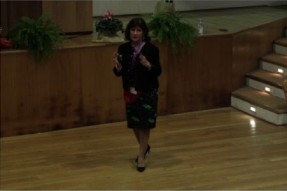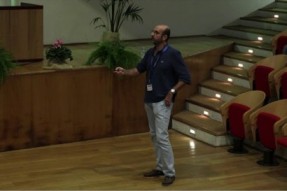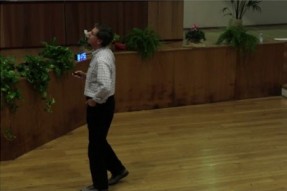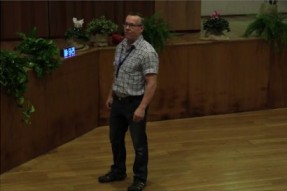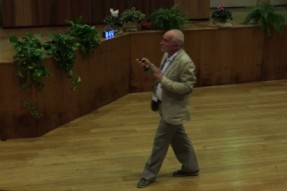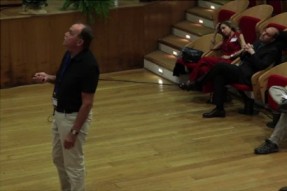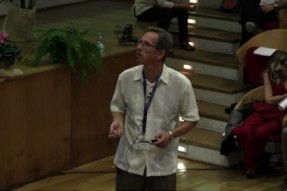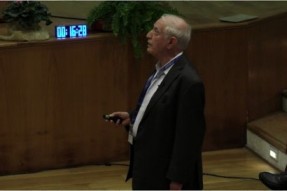Novel approaches to the nuclear physics of double beta decay
Dieter Frekers (University of Muenster, Germany)
This talk will be concerned with the nuclear physics, which drives the double-beta decay and here in particular the double-beta decay with no neutrinos. First, some of the issues of the nuclear matrix elements (NMEs) in double-beta decay will be dealt with using charge-exchange reactions. However, the focus will quickly change to charge-exchange reactions to identify higher-order multipoles as they appear in the NMEs for the neutrinoless decay. Some surprises have been unveiled about low-lying spin-dipole excitations, and some of the short-comings of nuclear models describing the low-lying strength will be discussed.
I will then turn to precision mass measurement in the context of double-beta decay, where the nucleus 96 Zr will be at its center. By knowing the exact masses of the A=96 mass triplet, the 96 Zr 4-fold uniquely forbidden single-beta decay can provide strong constraints on nuclear models describing neutrinoless double-beta decay, including constraints on the value of the axial-vector coupling constant g A .
Finally, I will describe a novel experimental approach to measure partial muon-capture rates in an attempt to get an experimental handle on the quenching of g A in single- and double-beta decay. Central to this are the capture rates to some of the low-lying J ? =1 + states in the pf- and sd-shell nuclei 24 Mg, 32 S, and 56 Fe, which are very well-known from (d, 2 He) reactions. The experiment will make use of the upcoming MuSIC / CAGRA facility at the Research Center for Nuclear Physics in Osaka, Japan.
"CNNP 2017 - Conference on Neutrino and Nuclear Physics" (Catania, 15-21 October 2017)
Vedi anche
- Bellezze e sporcizia nell'Universo
- Simmetria: la ricerca di ordine in natura
- Structure of proton-rich nuclei via mirror beta decay and charge exchange reactions
- Developments and applications of Micro-Pattern Gaseous Detectors (MPGD): a concise review
- DAMA/LIBRA results and perspectives
- The SOX experiment at LNGS for the search of sterile neutrinos
- The HALO and HALO-1kT Supernova Detectors
- Low-energy neutrino experiment at Jinping
- Theory of neutrino masses and mixing
- Project 8: Status and Update
